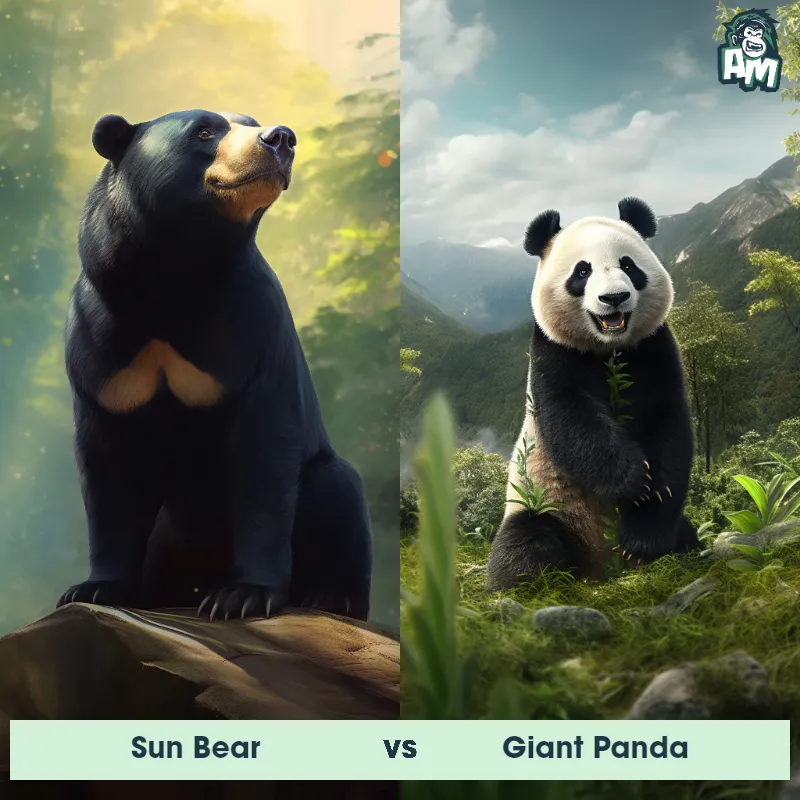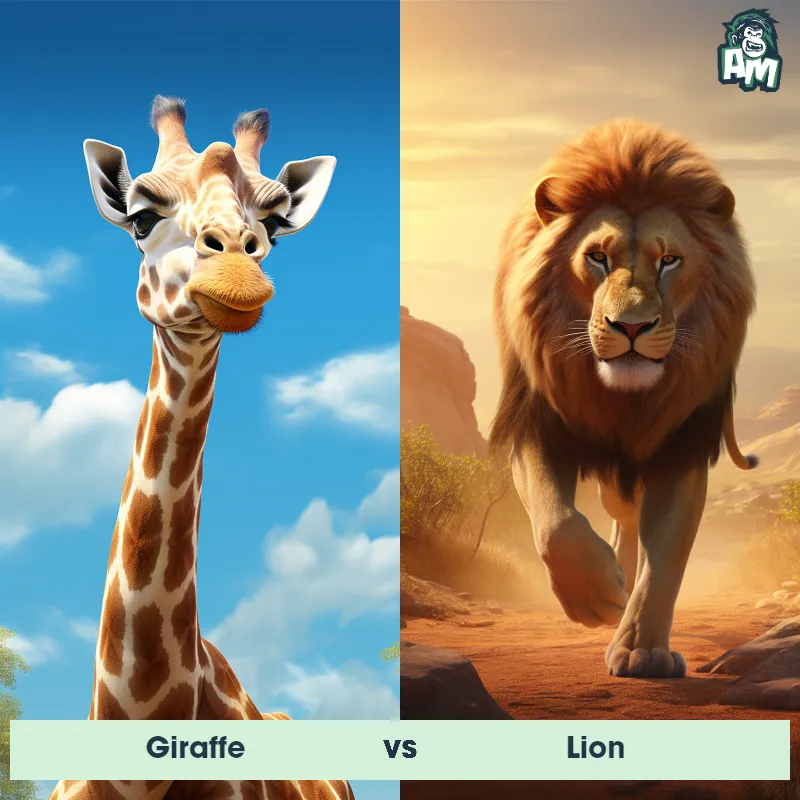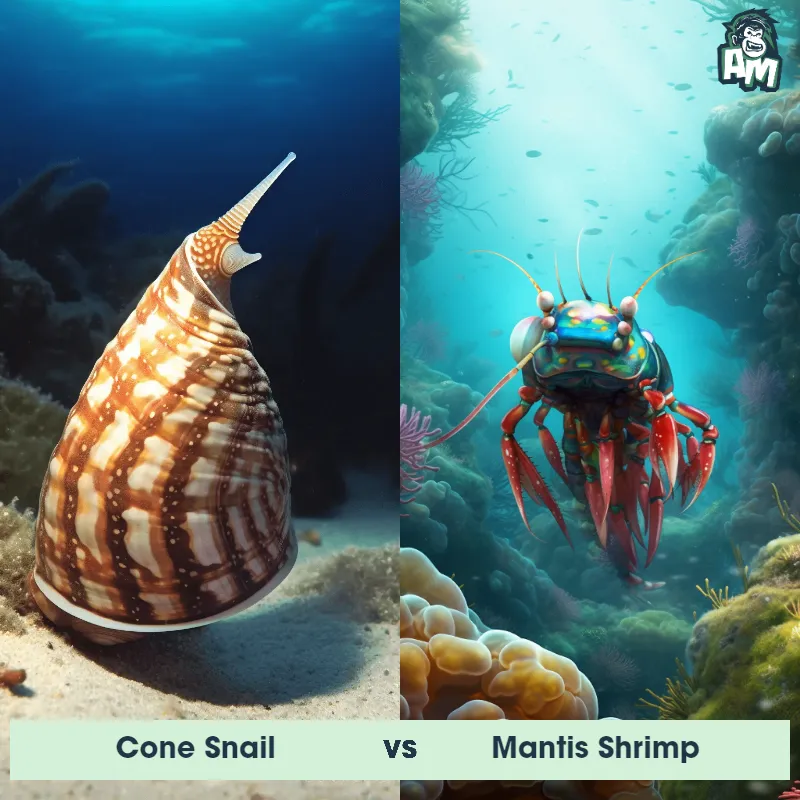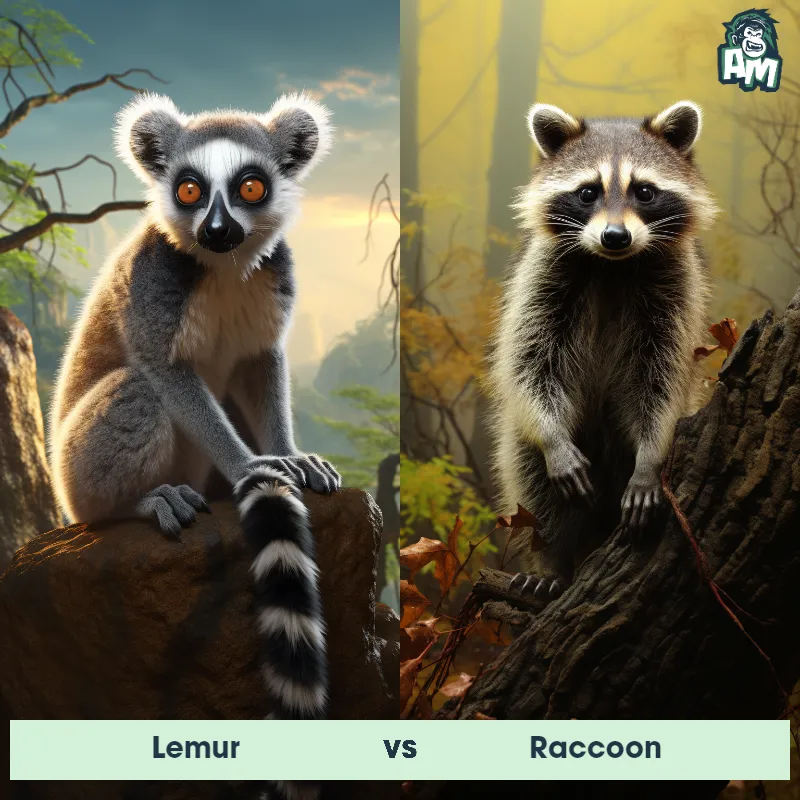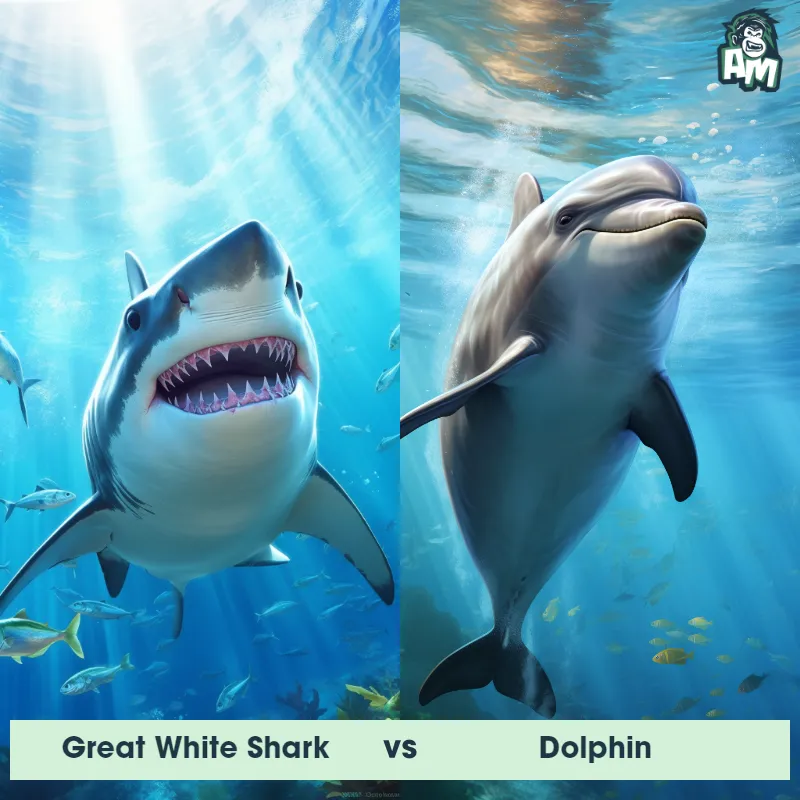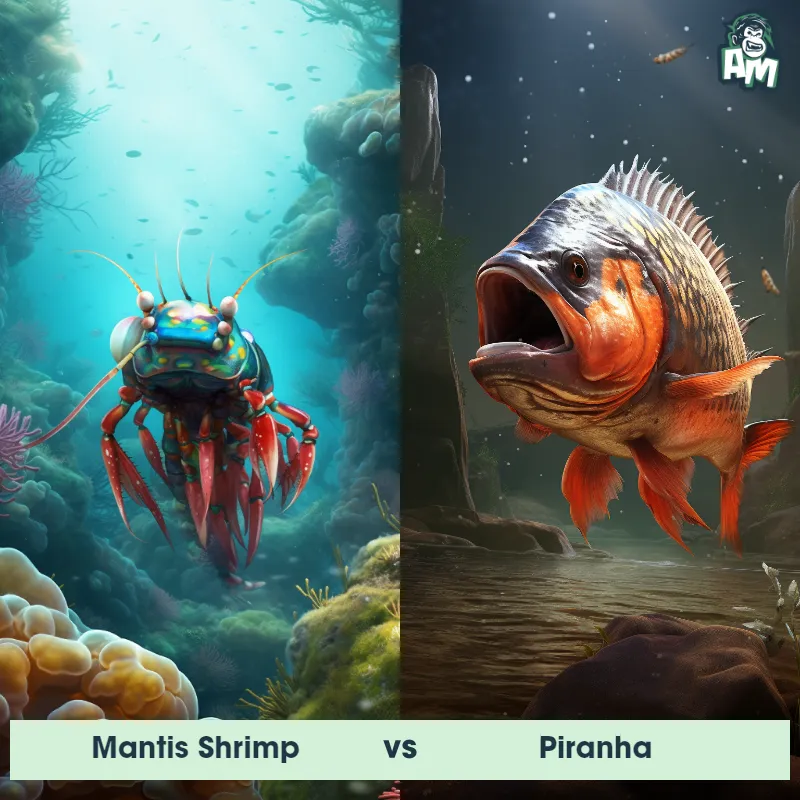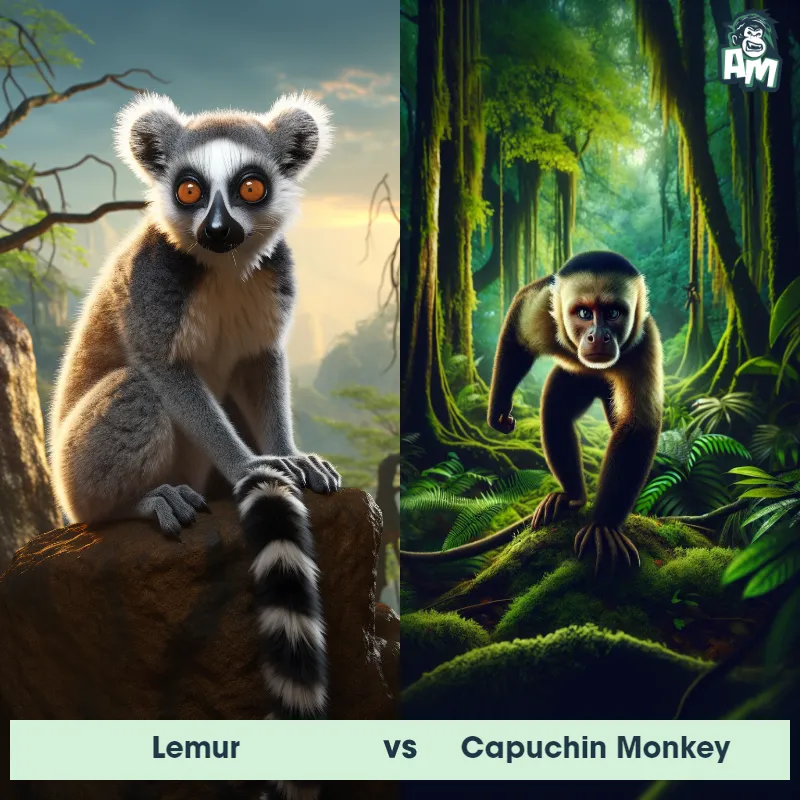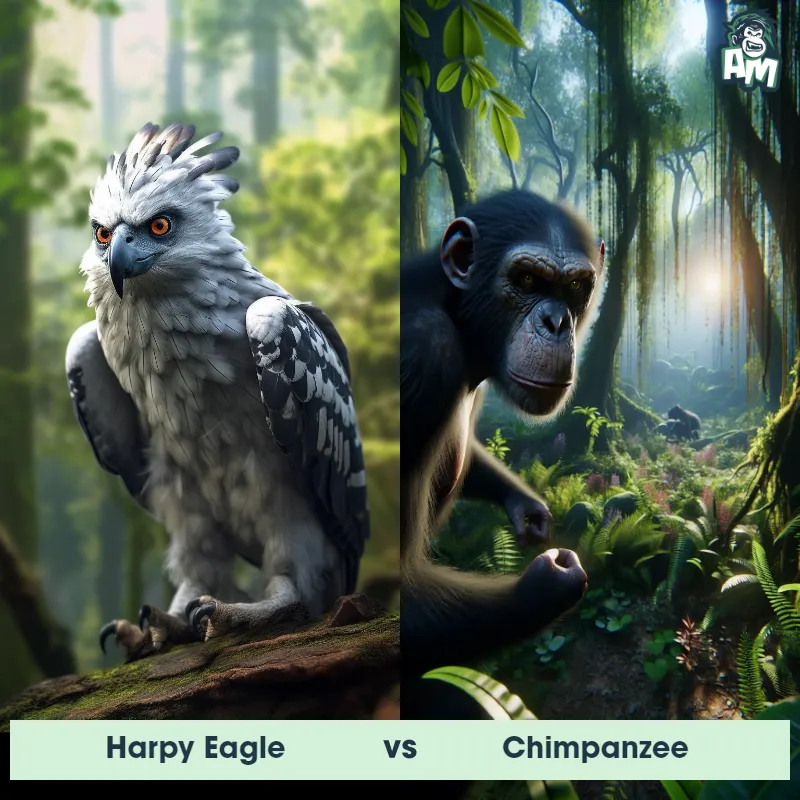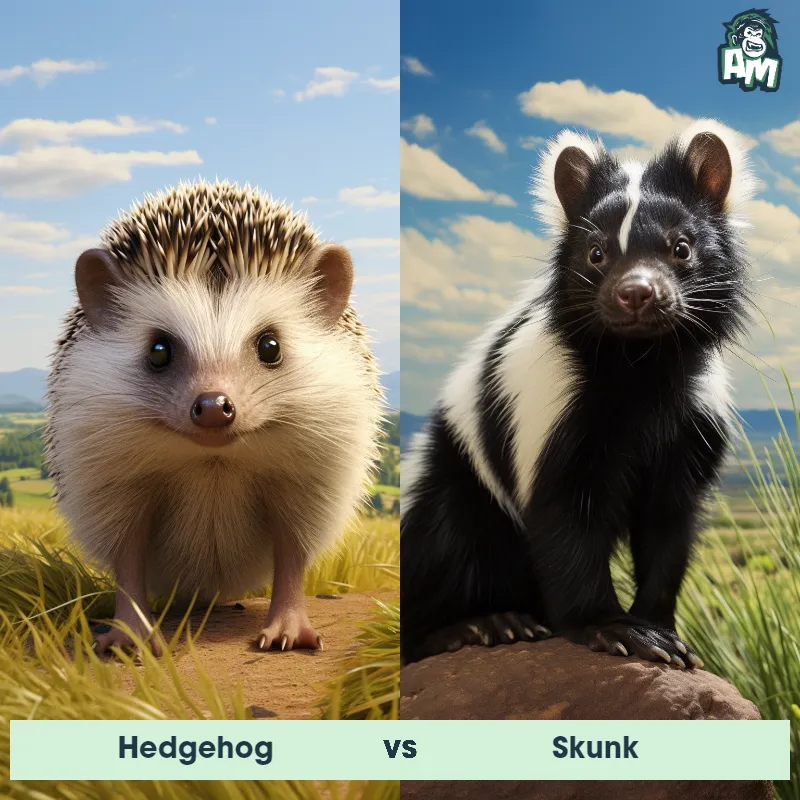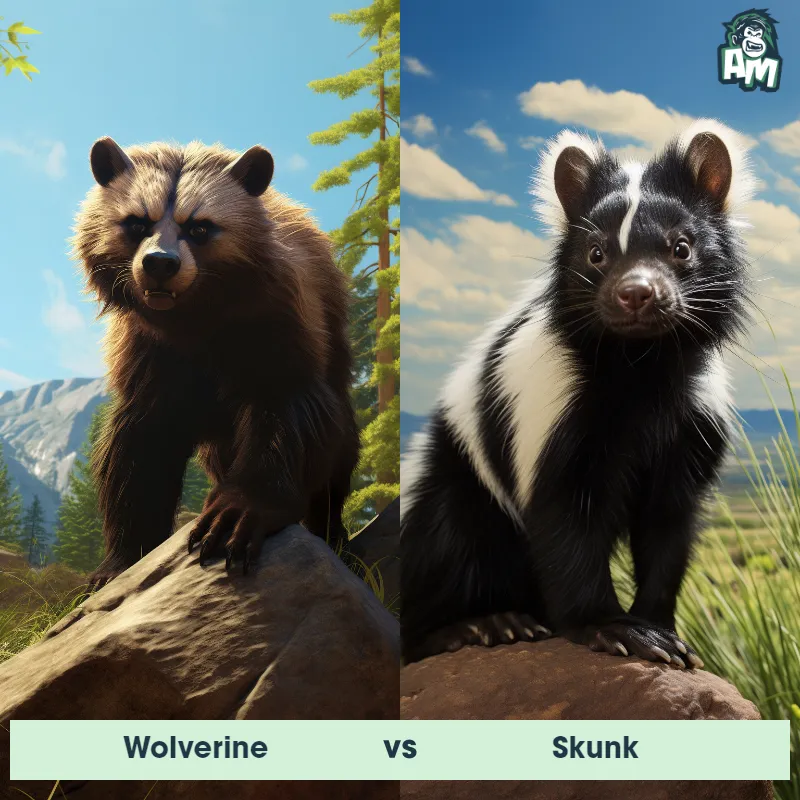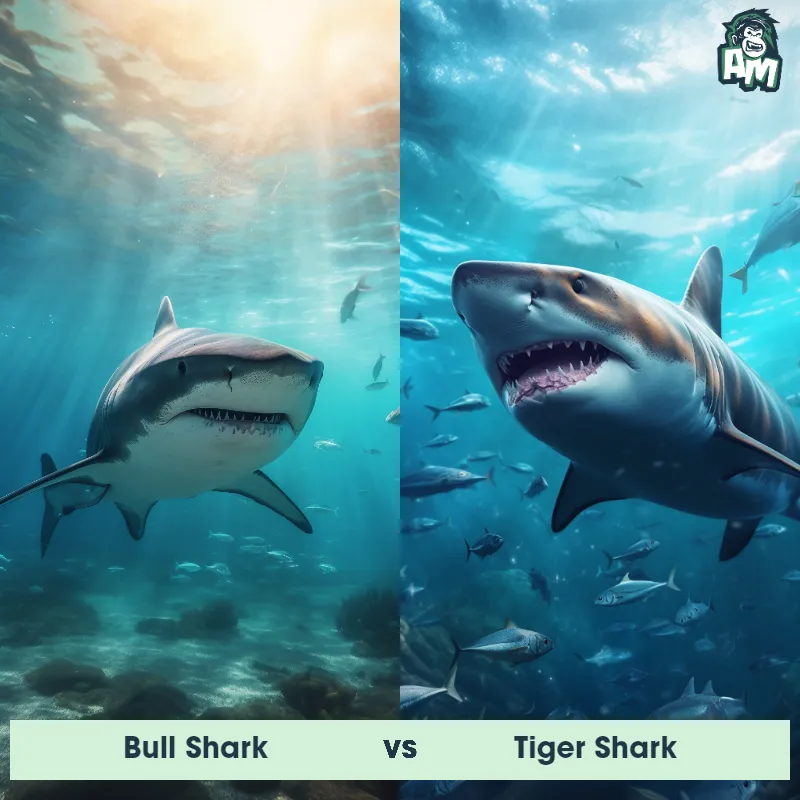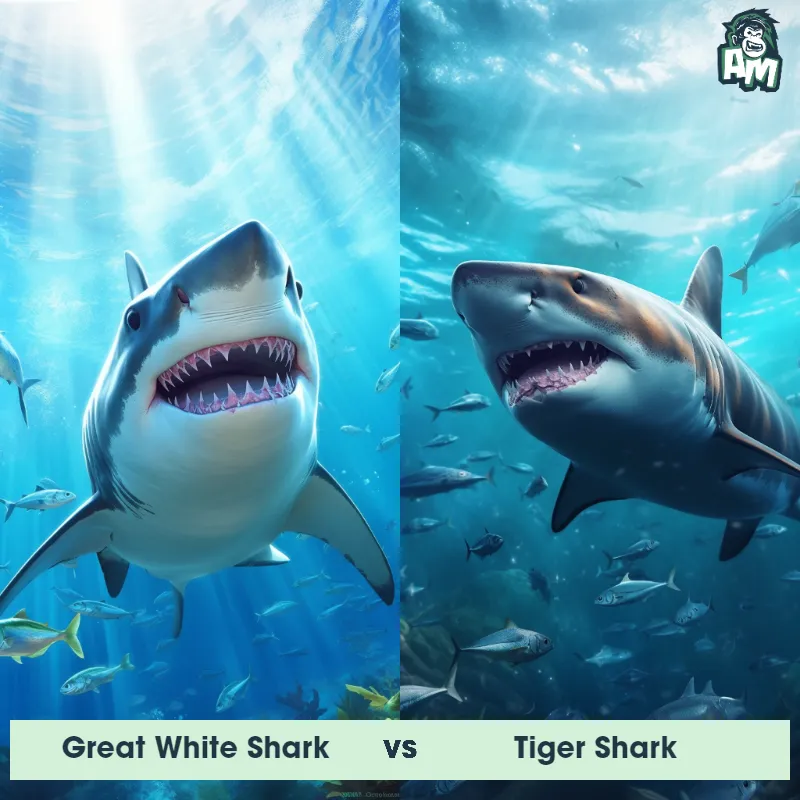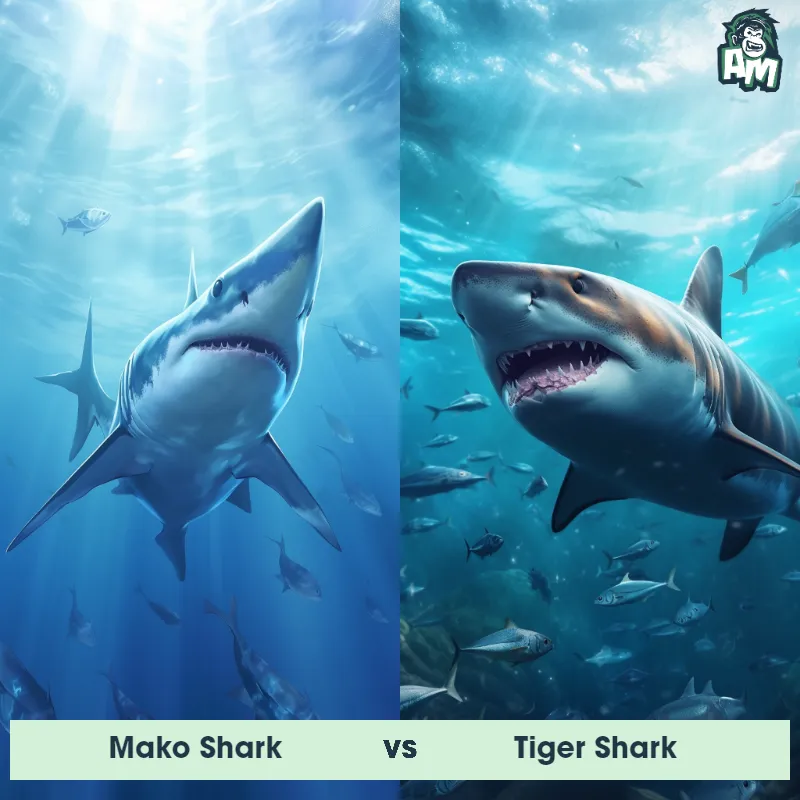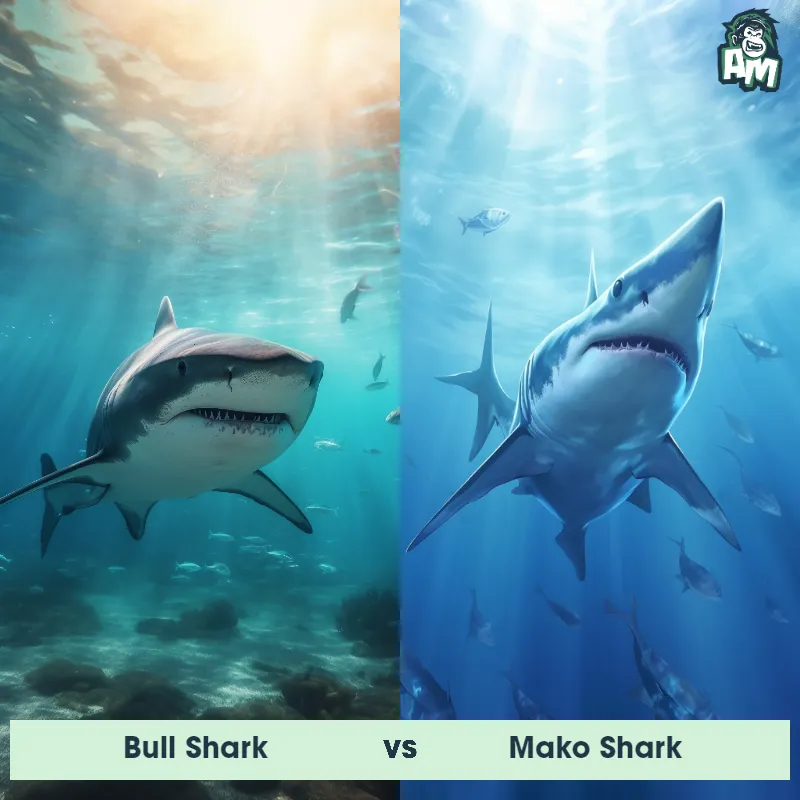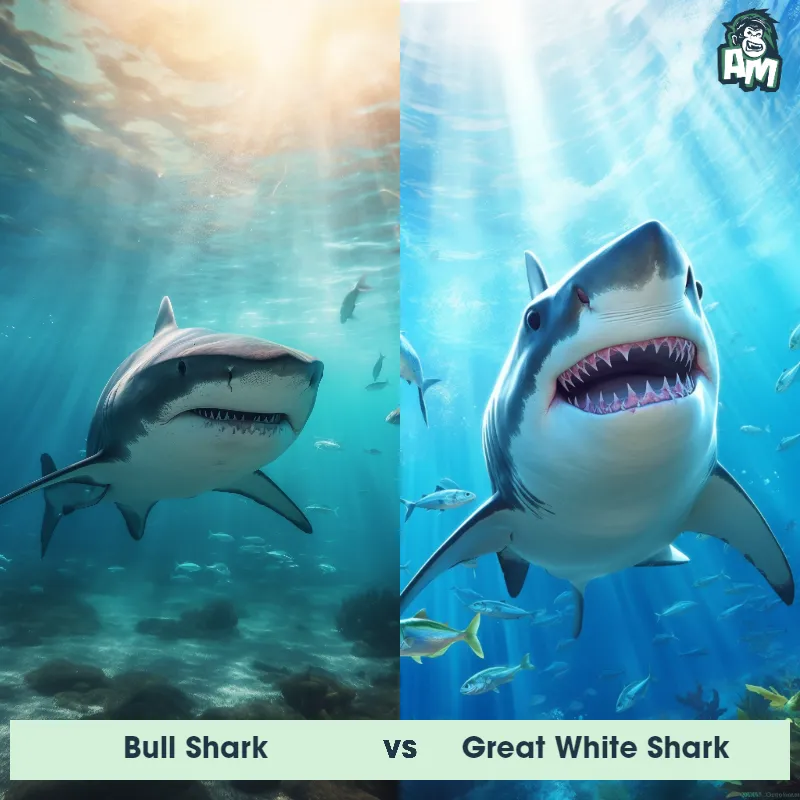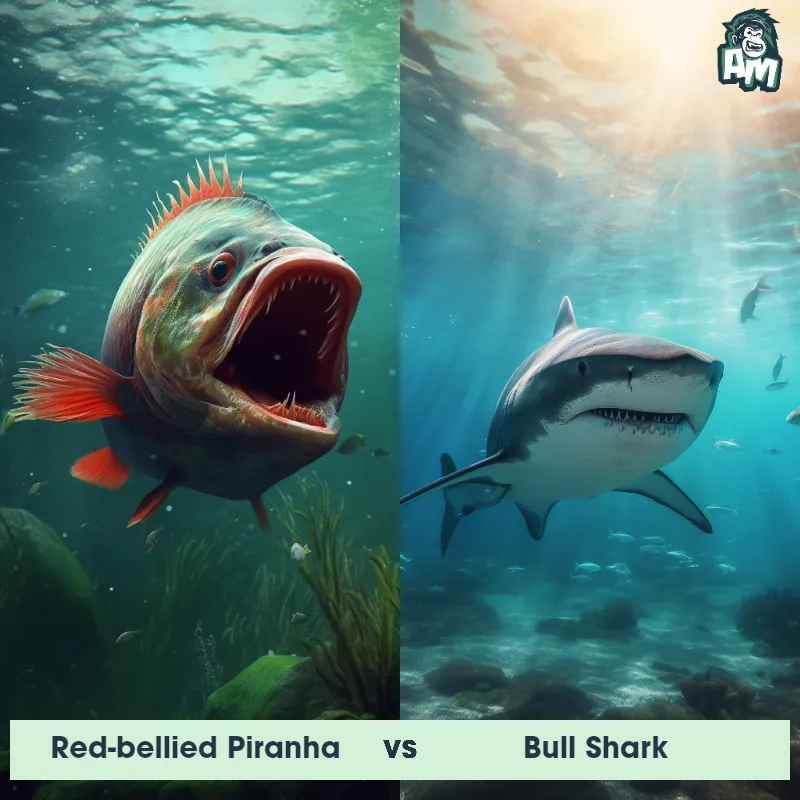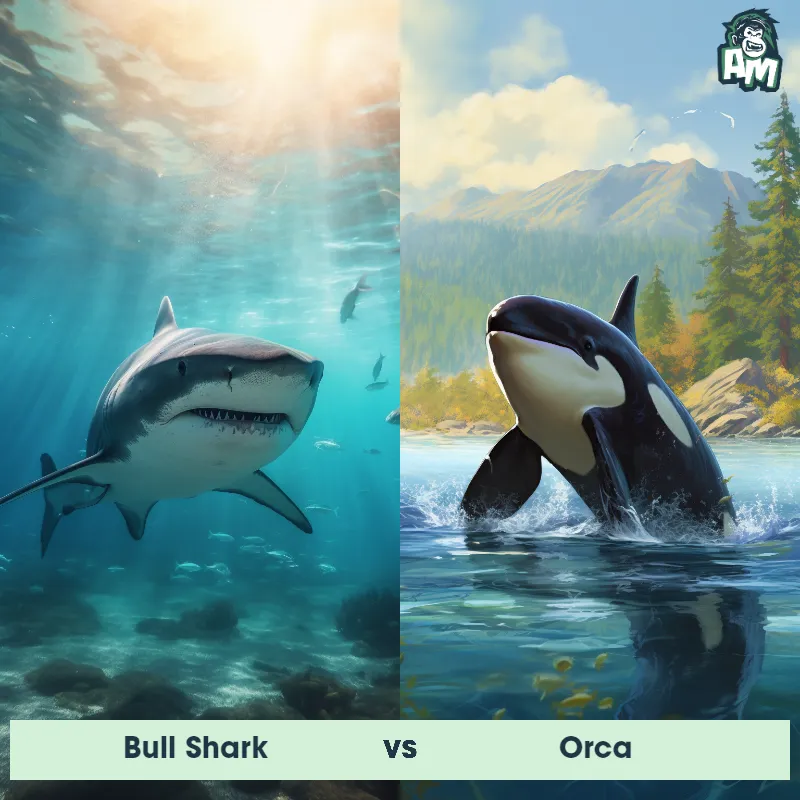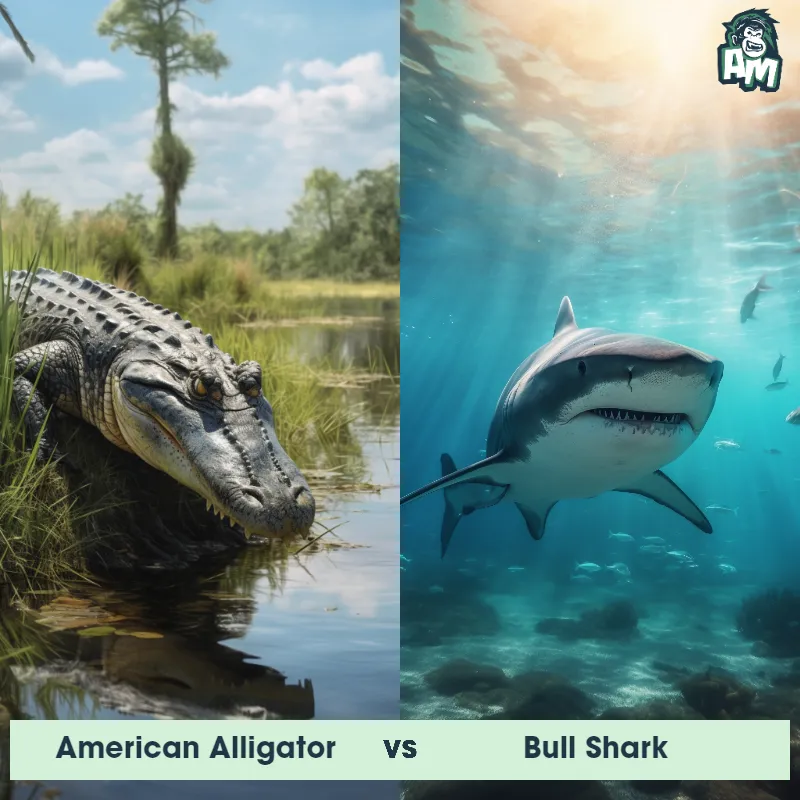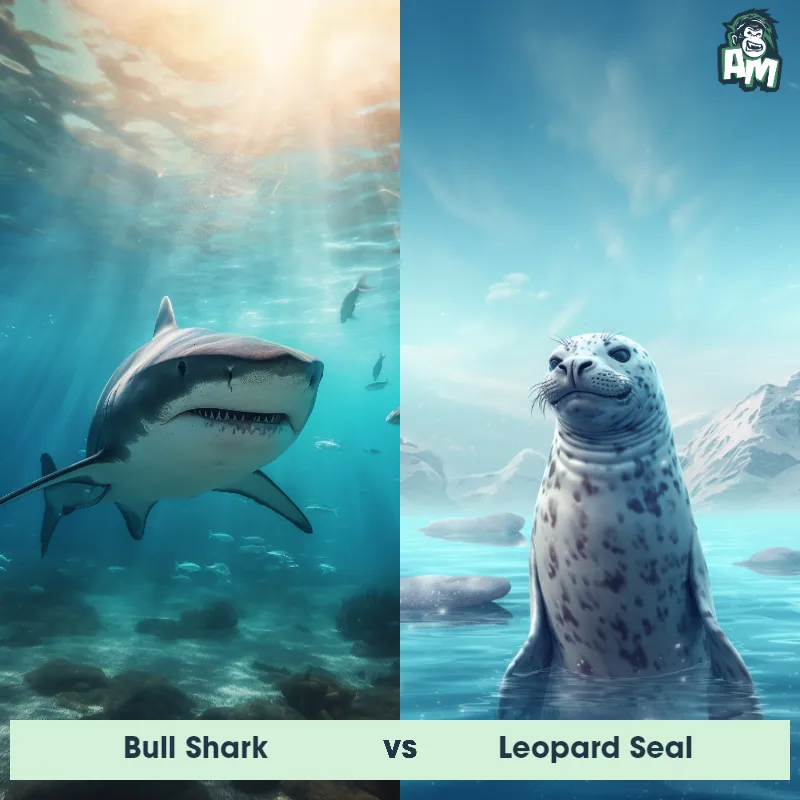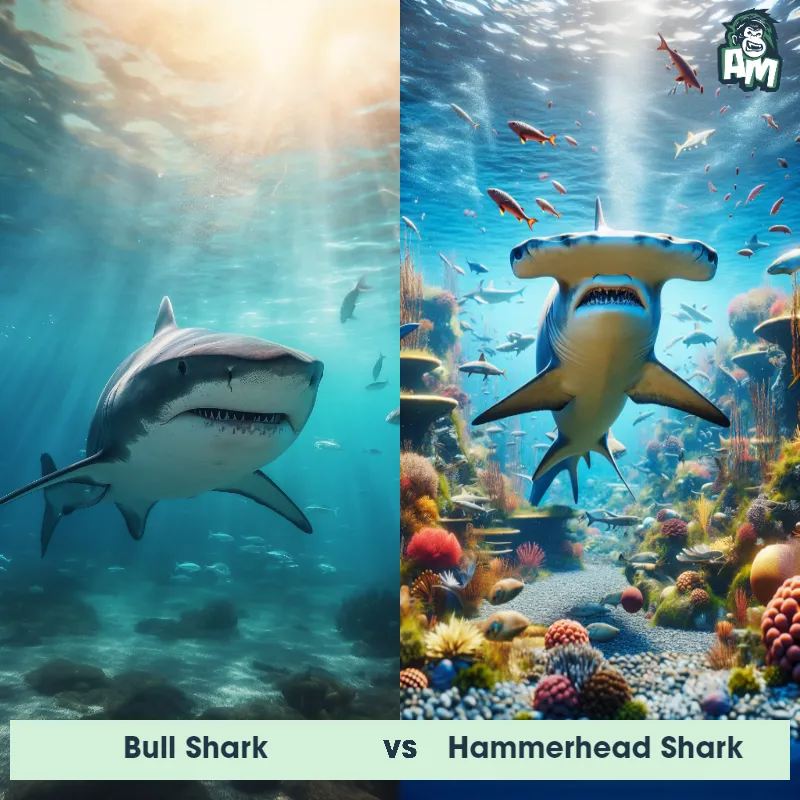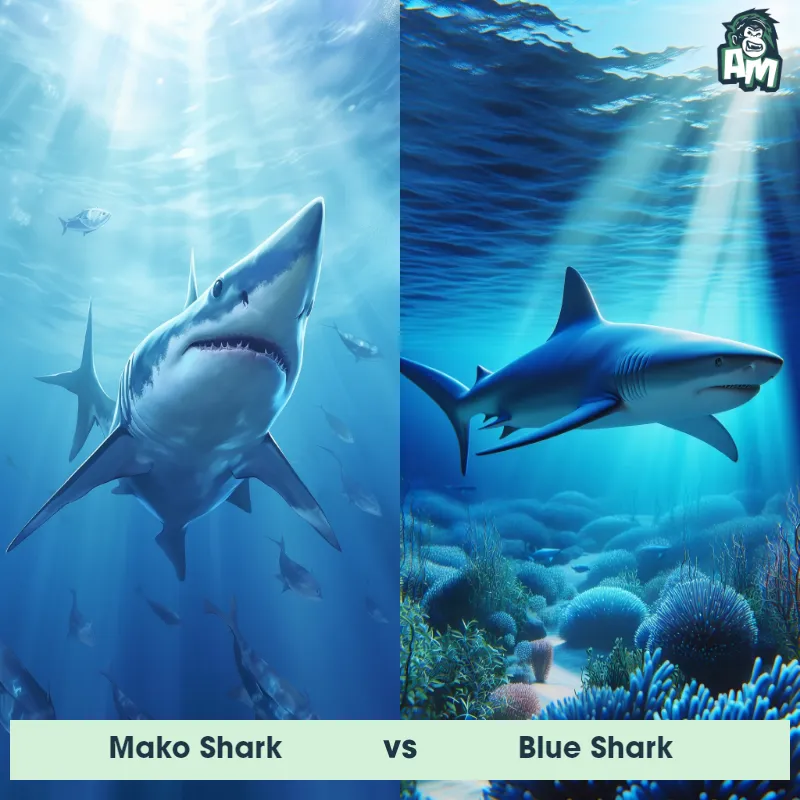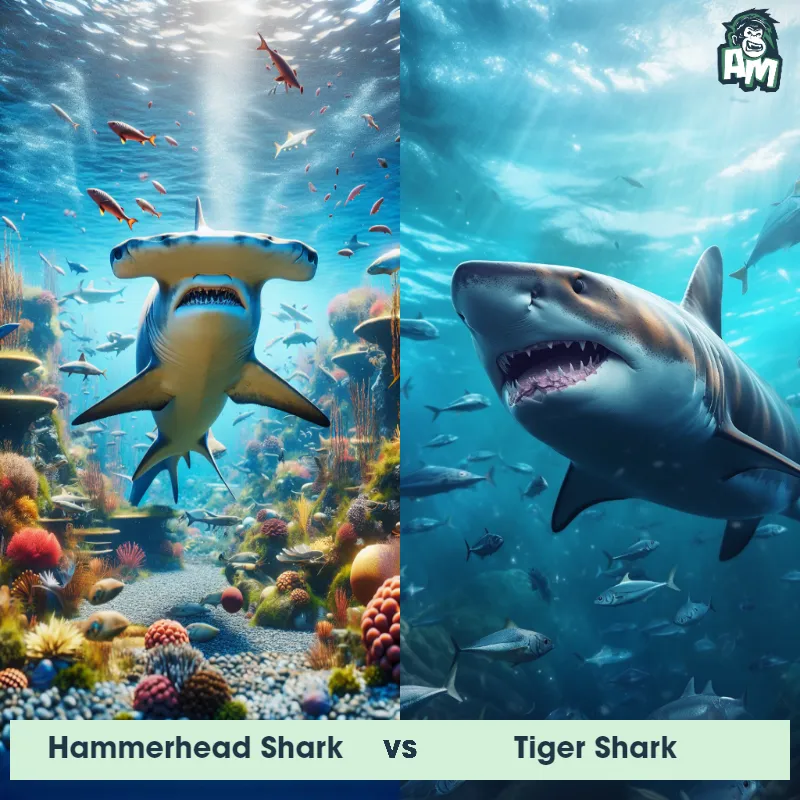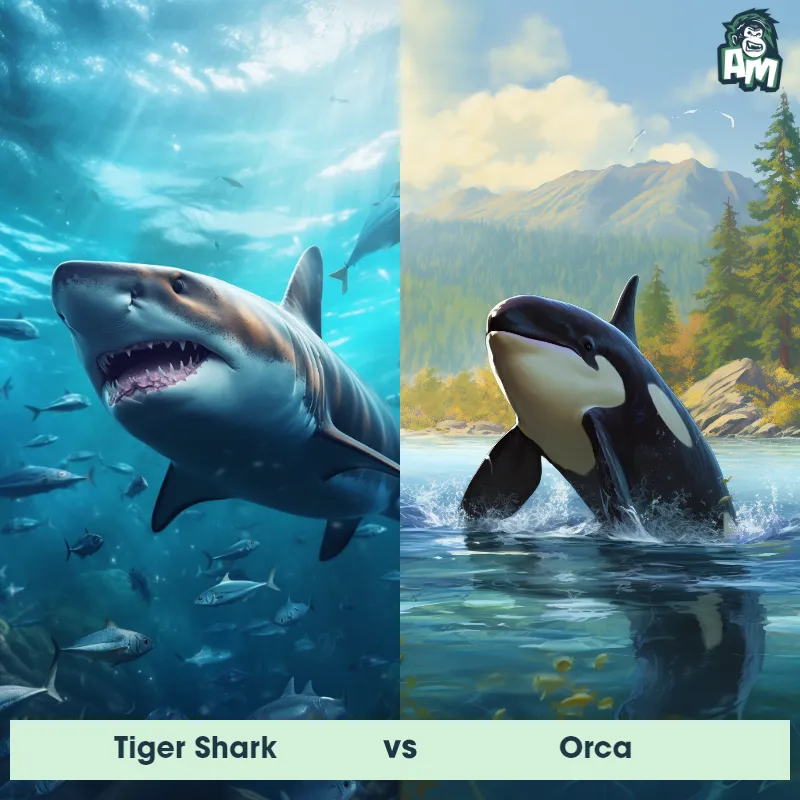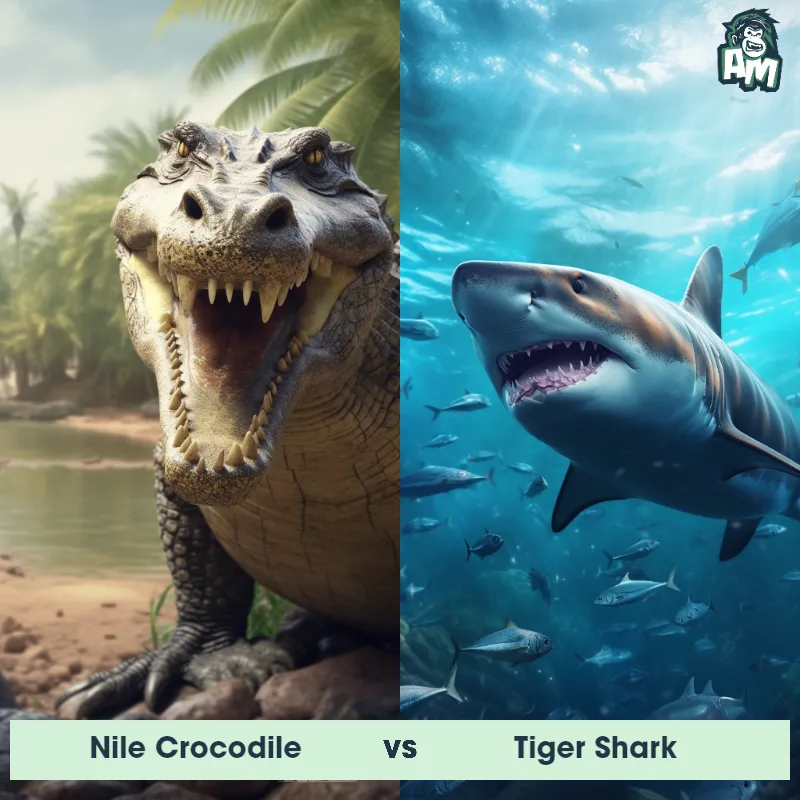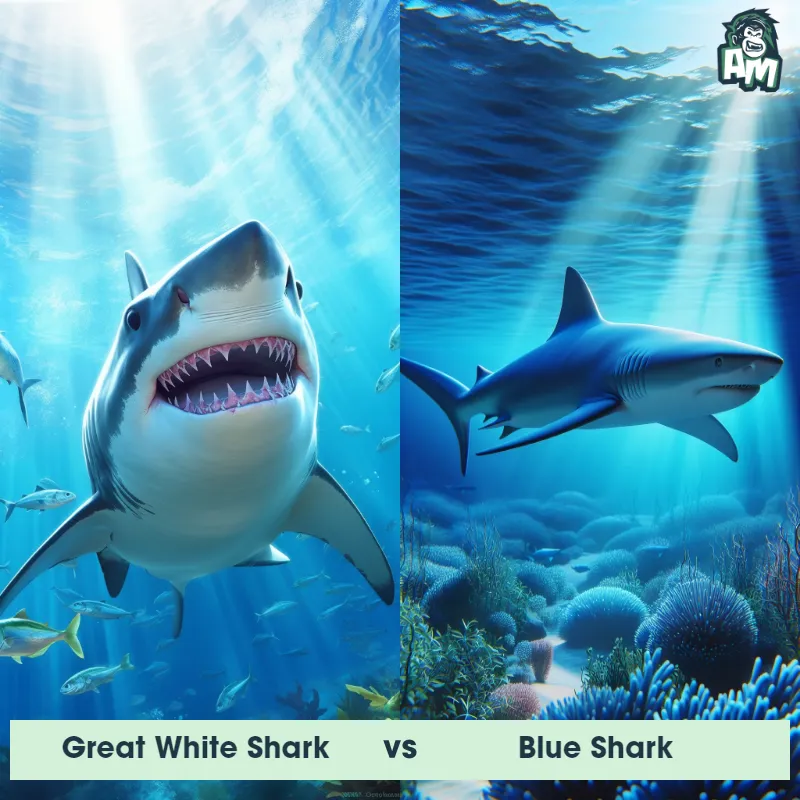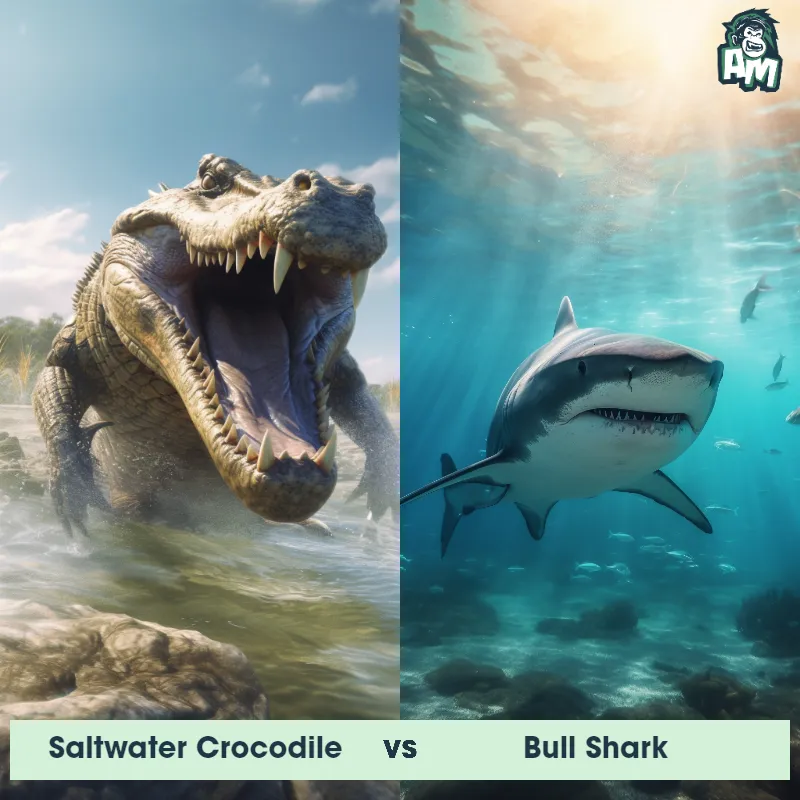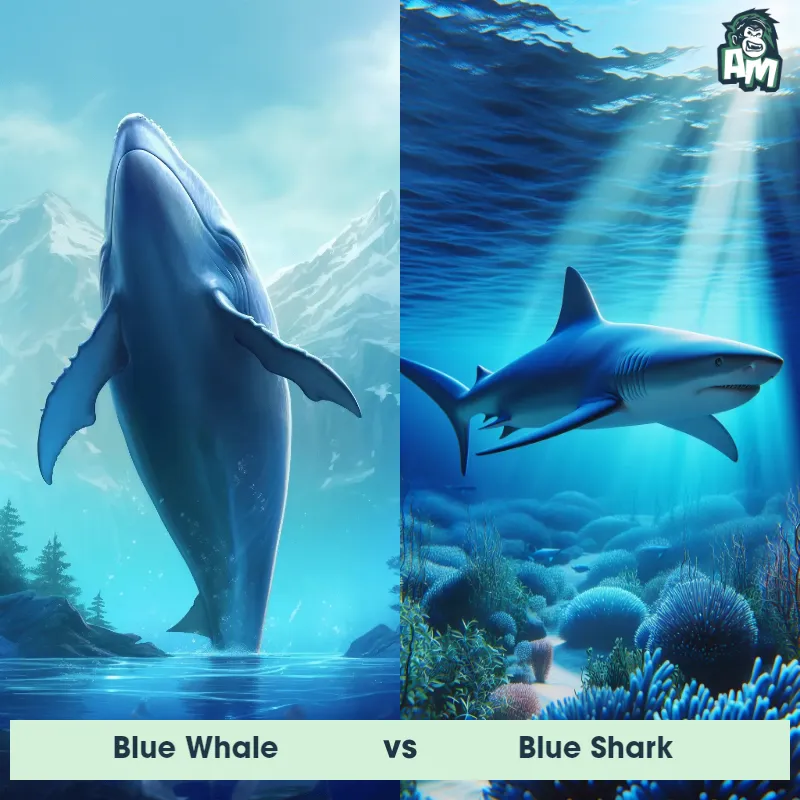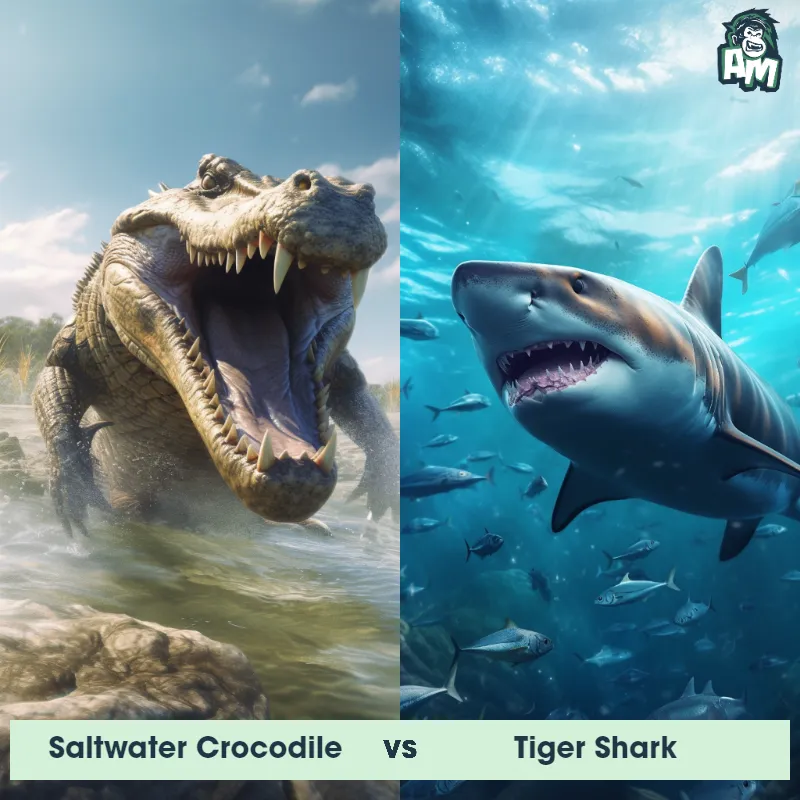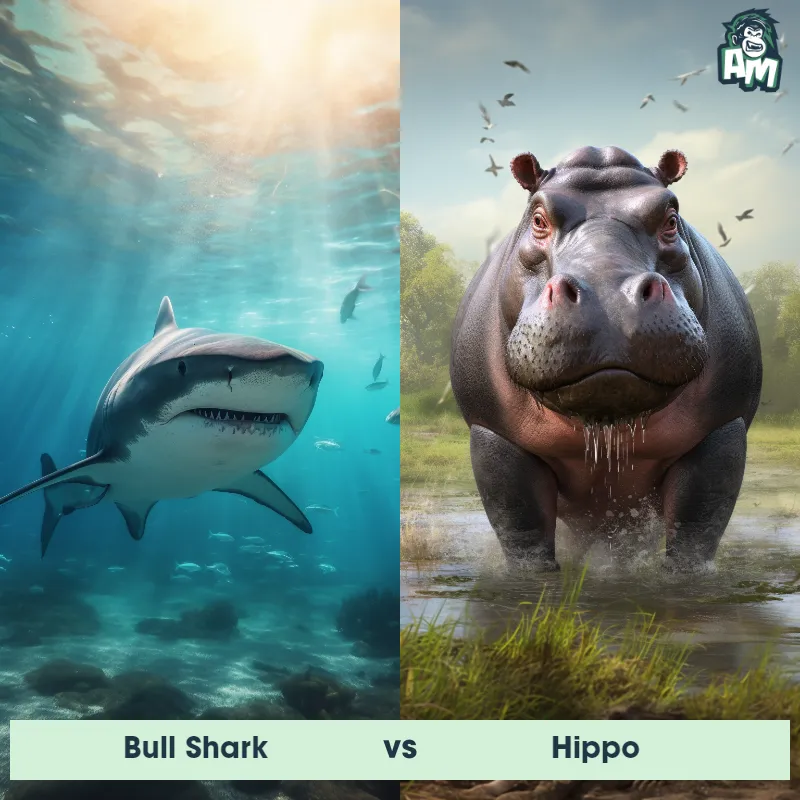Tiger Shark vs Leopard SharkSee Who Wins

Ladies and gentlemen, welcome to this thrilling matchup between two formidable opponents in the deep blue arena. In the left corner, we have the fierce Tiger Shark, known for its hunting prowess and powerful jaws. And in the right corner, the agile Leopard Shark, quick and stealthy underwater. It's going to be an epic clash of survival instincts as they dive into the three-round battle. Let's see who will come out on top in this marine showdown!
Contender 1: Tiger Shark
The Tiger Shark, also known as Galeocerdo cuvier, is a large predatory shark that can grow up to 18 feet in length and weigh over 1,400 pounds. It is named for its distinctive striped pattern on its back, which fades as the shark ages. Tiger Sharks have a broad, flat head and powerful jaws filled with serrated teeth that can easily crush through the shells of sea turtles and clams. They are found in warm waters around the world and are known for their voracious appetite and ability to eat almost anything, including garbage and even other sharks.
Fun Fact: Tiger Sharks have a unique hunting strategy where they will bump into their prey before attacking, a behavior known as "bump and bite."
Contender 2: Leopard Shark
The leopard shark is a species of houndshark, distinguished by its striking pattern of saddle-like markings and large spots, which resemble those of a leopard. They can grow up to 5 feet long, with a streamlined body that enables swift, agile movements underwater. Primarily found in the coastal waters of the Pacific Ocean, the leopard shark's diet consists of small, benthic animals such as crabs, shrimp, bony fish, and even occasionally seagrass. They are known to be relatively docile towards humans, posing minimal threat.
Fun Fact: The leopard shark is an ovoviviparous species, which means the females give birth to live young that have hatched from egg cases inside the mother's body.
Matchup Stats
| Tiger Shark | Leopard Shark | |
|---|---|---|
| Size | Up to 18 feet (5.5 meters) | Up to 5 feet long (1.5 meters) |
| Weight | Over 1,400 pounds (635 kilograms) | Up to 40 pounds (18 kilograms) |
| Speed | Speed: 20-30 mph (32-48 km/hr) | 8 mph (13 km/h) |
| Key Strength | Powerful jaws and teeth | Swift, Agile Movements |
| Biggest Weakness | Vulnerable to attacks on the gills | Relatively Docile |
Current Votes
Tiger Shark vs Leopard Shark
See Who Wins
View More Matches
Looking For More?
Similar Matches
Scientific Stats
| Tiger Shark | Leopard Shark | |
|---|---|---|
| Scientific Name | Galeocerdo cuvier | Triakis semifasciata |
| Family | Carcharhinidae | Triakidae |
| Habitat | Warm waters | Coastal Waters |
| Geography | Found worldwide | Pacific Ocean |
| Diet | Varied, including sea turtles, clams, garbage, and other sharks | Crabs, Shrimp, Bony Fish, Seagrass |
| Lifespan | 27 years - 50 years | 20 years - 30 years |
Key Differences between Tiger Shark and Leopard Shark
- Size: The Tiger Shark is generally larger than the Leopard Shark, with an average length of 10 to 14 feet compared to the Leopard Shark's average length of 4 to 5 feet.
- Diet: Tiger Sharks are notorious for their opportunistic and varied diet, consuming a wide range of prey including fish, seals, dolphins, and even turtles. On the other hand, Leopard Sharks are bottom feeders, primarily feeding on small invertebrates, such as crabs and shrimp.
- Coloration: The Tiger Shark has a distinct tiger-like pattern on its body, characterized by dark vertical stripes or spots on a lighter background, while the Leopard Shark showcases a unique leopard-like pattern with dark saddles and spots on a light background.
- Tail shape: The Tiger Shark has a large, powerful tail that is almost equal in length to the rest of its body, providing it with enhanced swimming capabilities. In contrast, the Leopard Shark has a slender, rounded tail.
- Snout shape: The Tiger Shark possesses a wide, blunt snout that is short and rounded, while the Leopard Shark has a narrower and more elongated snout.
- Habitat preference: Tiger Sharks are mostly found in warm oceanic waters worldwide, including coastal regions, while Leopard Sharks are primarily found in shallow coastal waters of the northeastern Pacific Ocean.



